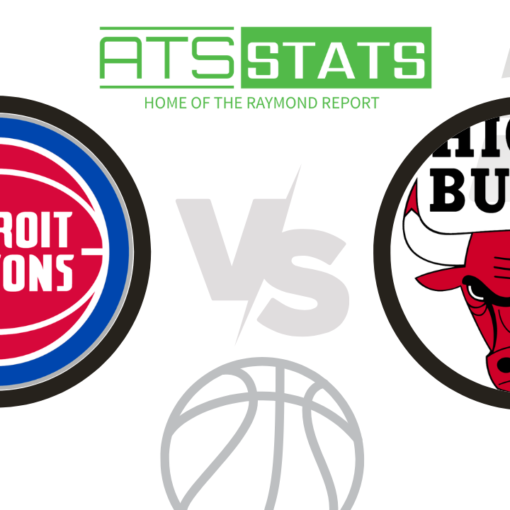The National Basketball Association (NBA) is defined by elite athleticism, strategic mastery, and intense competition. Teams search for any edge they can find in such a competitive environment, where the difference between winning and losing can often be measured in inches or fractions of a second. One of the most discussed and researched factors that can sway a game’s outcome is the concept of home-court advantage.
In the NBA, this advantage is often seen as critical, influencing everything from player performance to officiating, crowd dynamics, and even the strategies teams employ. But how significant is this advantage, and what makes playing at home such a benefit for NBA teams?
Understanding Home Court Advantage
Home court advantage is a well-documented phenomenon across various sports, and it refers to the psychological, physical, and tactical benefits a team gains when playing on their home floor. In the NBA, this advantage manifests in several ways, from the loud, supportive home crowd energizing the players to the familiar surroundings and routines that boost confidence and comfort.
Over the years, statistical analyses have shown that teams win more games at home than on the road. While the exact margin can vary from season to season, home teams in the NBA tend to win around 60% of their games and have better NBA Season Odds, a clear indication that home-court advantage is real and impactful.
However, home-court advantage is not just a matter of geography; it's a complex mix of factors that interact to give teams an edge when they play in their arenas. From the design of the court and locker room layouts to the effects of travel on visiting teams, there are several subtle ways that home-court advantage plays a role in the NBA.
The Role of the Crowd
One of the most visible aspects of home-court advantage is the home crowd's support. In NBA arenas, fans' energy can be electric, creating a powerful atmosphere that can lift the home team or rattle the visitors. Players often talk about how a roaring crowd can elevate their performance, providing an extra burst of energy or motivation when the game is tight, or they need to dig deep in crunch time.
Home crowds are particularly influential during critical moments of games. When a home team scores or makes a crucial defensive stop, the crowd's eruption can feel like an added player on the court. In contrast, the pressure of a hostile crowd can cause visiting players to make mistakes, from missed free throws to turnovers or rushed decisions.
While professional athletes are trained to handle pressure, the psychological impact of tens of thousands of fans cheering against you and the high stakes of an NBA game can sometimes prove overwhelming.
Travel and Fatigue
Another critical component of home-court advantage in the NBA is the impact of travel. The NBA’s grueling 82-game regular season requires teams to constantly crisscross the country, often playing multiple games in different cities over a short period. This travel schedule can lead to physical and mental fatigue, particularly for visiting teams.
Studies on the effects of travel in professional sports have shown that long flights, time zone changes, and disrupted sleep patterns can negatively affect athletic performance. When playing at home, teams benefit from the comfort of sleeping in their own beds, following familiar routines and avoiding the stresses of travel.
Conversely, visiting teams often deal with the wear and tear of a road trip, which can affect everything from shooting accuracy to reaction times and overall energy levels. The toll on visiting teams can be even more pronounced in the playoffs, where the stakes are even higher, and travel between cities becomes more frequent.
This is one reason securing home-court advantage in the postseason is so important. Teams with better regular-season records are rewarded with more home games during a playoff series, which can be the difference between advancing and being eliminated. Historically, teams with home-court advantage in the playoffs win a higher percentage of their series than those without.
Familiarity and Comfort
Playing at home provides NBA teams with a familiarity that can enhance their performance. Home teams know the quirks of their court, including the exact dimensions of the arena, the bounce of the rims, and the quality of the playing surface. These subtle factors may seem minor, but they can have a significant impact, particularly in high-pressure moments when even the smallest details can affect the outcome of a game.
The home locker room environment is also familiar and comfortable for the players. They know the routines, the staff, and the facilities, which can help reduce anxiety and improve focus. This level of comfort also extends to pre-game preparations, with players able to follow their usual routines without the disruption of travel or an unfamiliar environment.
For many NBA players, a significant part of their game-day preparation is rooted in routine and comfort. Whether shooting at a particular basket during warmups or listening to a specific playlist in the locker room, these routines help players get into the right mental state. Players may find it harder to perform at their peak when disrupted, such as when playing in a hostile road environment.
Final Words
The home-court advantage in the NBA is a multifaceted phenomenon that combines crowd influence, travel fatigue, familiarity, and strategic adjustments to give the home team a critical edge. While the exact impact can vary from game to game, the overall effect is clear: NBA teams perform better at home than on the road, and securing home-court advantage, particularly in the playoffs, can be a decisive factor in a team’s success.





